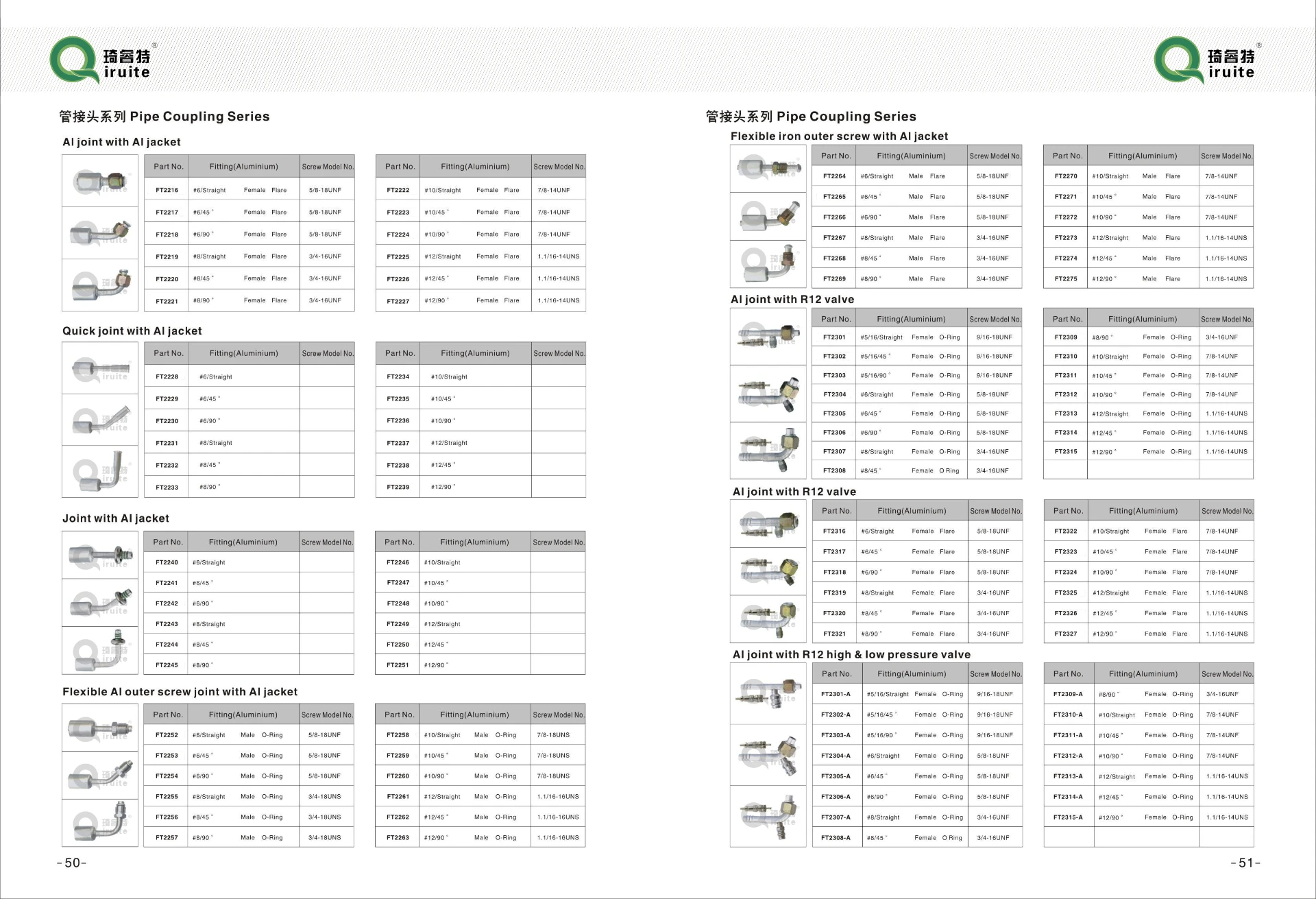fire pipe coupling
Understanding Fire Pipe Couplings Importance and Applications
Fire pipe couplings play a crucial role in the functionality and reliability of fire protection systems. These essential components facilitate the secure connection of various pipes, ensuring that water is efficiently transported to where it is needed in the event of a fire. Their importance cannot be overstated, as they directly influence the effectiveness of fire suppression efforts.
Fire pipe couplings are typically made from robust materials such as stainless steel, brass, or high-density polyethylene, which are capable of withstanding high pressures and extreme temperatures. These materials not only provide durability but also ensure resistance to corrosion, making them suitable for long-term use in various environments. The design of couplings varies, including types such as threaded, flanged, and slip-on couplings, each suited to different applications and conditions.
One of the primary functions of fire pipe couplings is to allow for the easy assembly and disassembly of pipe segments. This is particularly beneficial during maintenance or system upgrades, as it provides flexibility in modifying the fire protection system without the need for extensive piping alterations. Additionally, in cases of pipe damage or wear, couplings enable rapid repairs, which is vital in maintaining operational integrity.
fire pipe coupling

Moreover, the installation of fire pipe couplings must comply with established building codes and standards. These regulations ensure that the fire suppression system operates safely and effectively. Firefighters and emergency responders depend heavily on the reliability of these couplings during emergencies, as any failure could have significant consequences.
In terms of applications, fire pipe couplings are utilized in various settings, including commercial buildings, industrial facilities, and residential complexes. Each setting may have specific requirements, leading to the selection of different types of couplings. For example, in industrial environments, couplings may need to handle higher volumes of water and extreme conditions, while residential systems may call for standard fittings that ensure adequate flow rates.
As fire safety regulations become more stringent globally, the demand for high-quality fire pipe couplings is likely to increase. Manufacturers are continually developing innovative designs and materials to enhance the performance of these couplings, focusing on aspects such as ease of installation, maintenance, and long-term reliability.
In conclusion, fire pipe couplings are foundational elements in fire protection systems. Their ability to connect pipe segments securely and efficiently is essential for the effective delivery of water during emergencies. With a focus on quality and adherence to safety standards, these components will continue to evolve, supporting advancements in fire safety technology. A well-designed fire pipe coupling not only protects property but also saves lives by ensuring swift action in times of crisis.
-
Ultimate Spiral Protection for Hoses & CablesNewsJun.26,2025
-
The Ultimate Quick-Connect Solutions for Every NeedNewsJun.26,2025
-
SAE J1401 Brake Hose: Reliable Choice for Safe BrakingNewsJun.26,2025
-
Reliable J2064 A/C Hoses for Real-World Cooling NeedsNewsJun.26,2025
-
Heavy-Duty Sewer Jetting Hoses Built to LastNewsJun.26,2025
-
Fix Power Steering Tube Leaks Fast – Durable & Affordable SolutionNewsJun.26,2025

